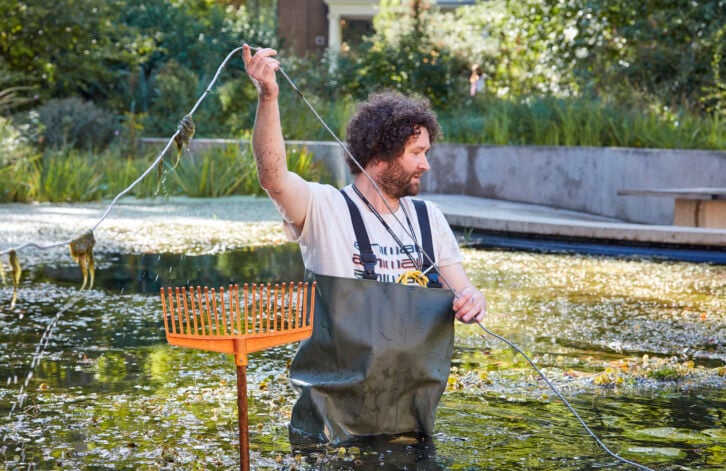A new sensor network using technology from Amazon Web Services (AWS) will collect live data to make the Natural History Museum the most intensively studied urban nature site of its kind.
The network of 25 sensors have been installed across the Nature Discovery Garden, gathering a range of environmental and acoustic data.
This includes temperature and humidity readings to monitor microclimate variations and underwater acoustic recordings from the pond, alongside the sounds of insect wings, bird calls, and ambient urban noise such as traffic, all helping scientists understand how nature interacts with its surroundings.
All this data feeds into the Museum’s Data Ecosystem, a powerful platform built using AWS cloud technologies and developed in collaboration with AWS.
“We’re incredibly excited about the switch-on of our new environmental sensor network,” said Ed Baker, acoustic biology researcher at the Natural History Museum (pictured).
“This marks a major milestone in transforming our gardens into a living laboratory, helping us better understand how urban nature is changing in real time.
“We’re now able to collect and share data at an unprecedented scale, deepening our understanding of biodiversity and drive forward science-led nature recovery in the UK’s urban spaces.”
The Data Ecosystem is set to allow scientists to collect, enrich, and share biodiversity and environmental data rapidly and accurately across the urban space, including water and soil chemistry.
“We are delighted to support the Natural History Museum to transform and accelerate its scientific research and community science capabilities with the cloud,” added AWS’ Hilary Tam.
“This allows the museum to turn this data into actional insights to support the UK’s urban nature recovery.”

